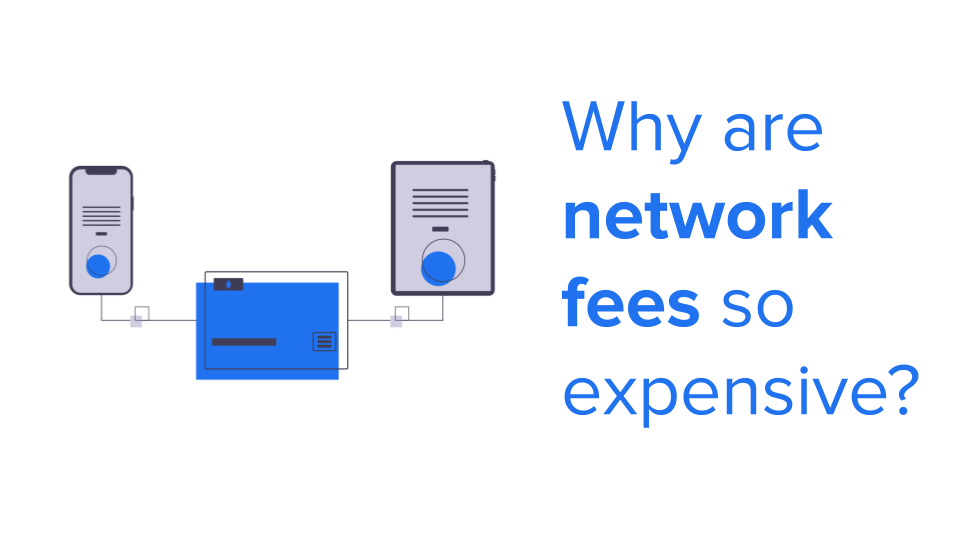Often, we see that there is a huge network fee that we must pay when we transfer tokens. Today, Aishwarya Gupta helps us decode in simple English the mechanism behind the fees that we must pay when we do such transfers.
When we transact on Blockchains since it’s a decentralized ecosystem, we need to reward someone who is enabling our transactions to be processed. We also would want them to maintain the security of the system. To do so, we must pay fee to process our transactions.
Different networks or cryptocurrencies have different fees that they ask for when they process the transactions. Few such examples are:
Bitcoin:
The fee structure here is divided into 2 parts:
First as mining fees i.e., to put the block in the bitcoin system. (This reward is given by the bitcoin system).
Second as a transaction fees recovered for processing the transactions. (This is the fees we pay for every transaction we process.)
As of now, one can see the fees as 13.25 USD per transaction as the transaction fees.
Ethereum:
As we all know, Ethereum is like a supercomputer and it houses a lot of projects under its network. To house these various projects, it needs to have a certain set of standards just like we have ISO standards which various organizations must achieve to be compliant to the standards. In Ethereum these standards are known as Ethereum Request for Comment and the most used standard is ERC-20.
Like Bitcoin, the Ethereum fee structure is also divided into two parts:
- First as mining fees i.e., paid to put transactions on an Ethereum blockchain. (This reward is given by the Ethereum software).
- Second as the transaction fees recovered for processing the transactions. (This is the fees that we must pay).
Consider the case of ERC20 tokens, say ETH, USDT, MANA or DAI. These are all hosted on the Ethereum, and hence we must pay the fees to the Ethereum network to process the transactions for us.
In simple terms, it is like banks paying VISA and Mastercard to process their transactions.
These fees are paid in terms of ETH and are generally denoted as Gas Price or gwei.
Similarly other networks also exist like Binance Chain or BNB which is also similar to Ethereum and you can read more about BNB in our previous week’s article.
What makes network fees so expensive?
The transaction prices are dependent on the principles of demand and supply. If we would have noticed in the past, when there were huge price crashes in the market, the number of transactions drastically increased, while the people who process these transactions i.e., miners were still the same. Hence there was a huge spike in the prices of transfers that were levied by various exchanges. If you want a better visualization of this, here is a treat for you.
You can visit the website www.txstreet.com and check the visualization of the whole gas fees payment part.
Now there can be a question, that comes to your mind which is: How are some exchanges enabling free transfers among two different applications?
This can be understood in a very simple answer. The transaction charges are levied when we move the crypto on the blockchains. In case the crypto is not moved but just a book entry is done, such costs are not incurred so if the exchanges have tied up with each other and are not actually moving the crypto, you can see a free bridge to move crypto from one exchange to another.

